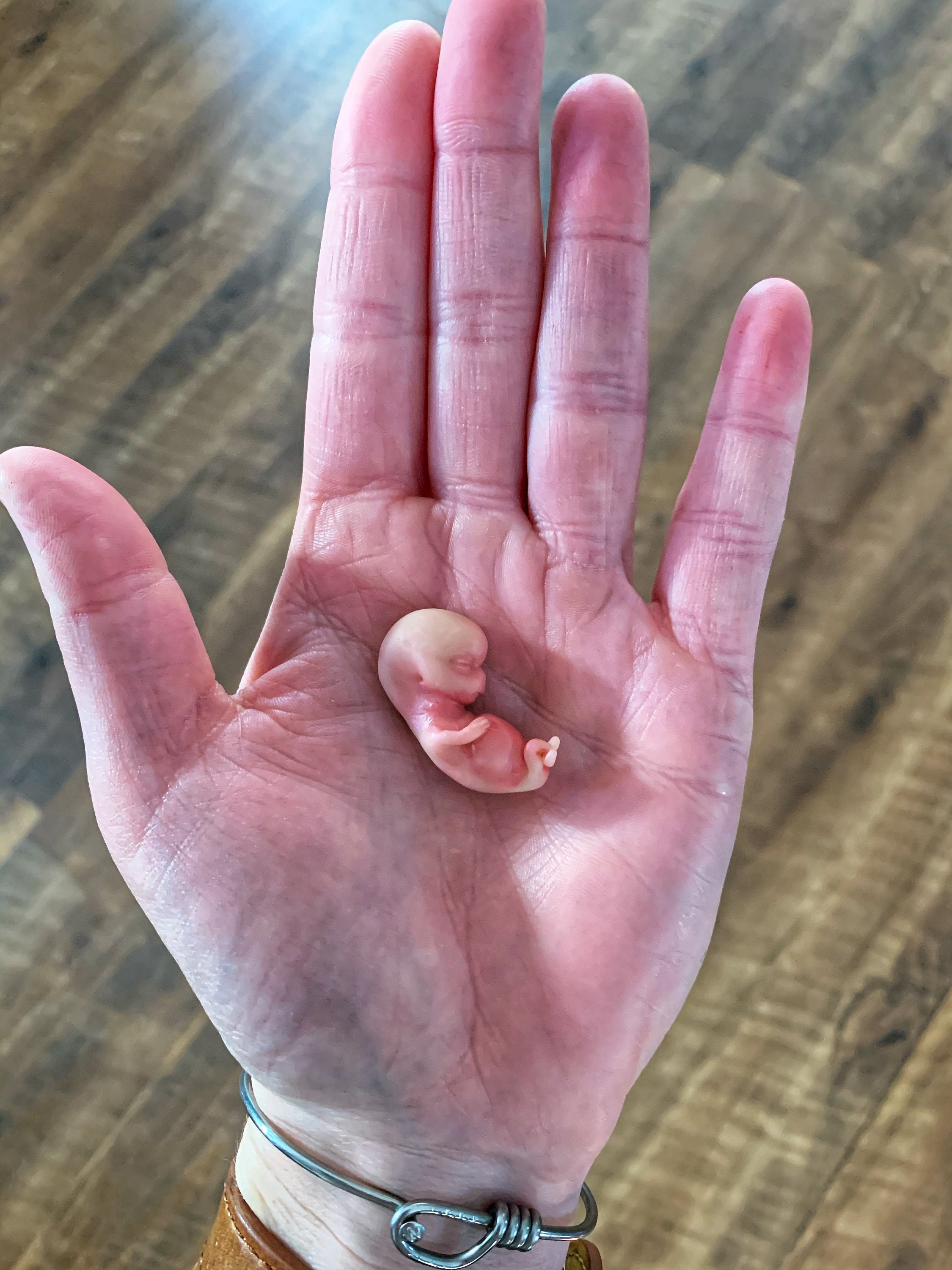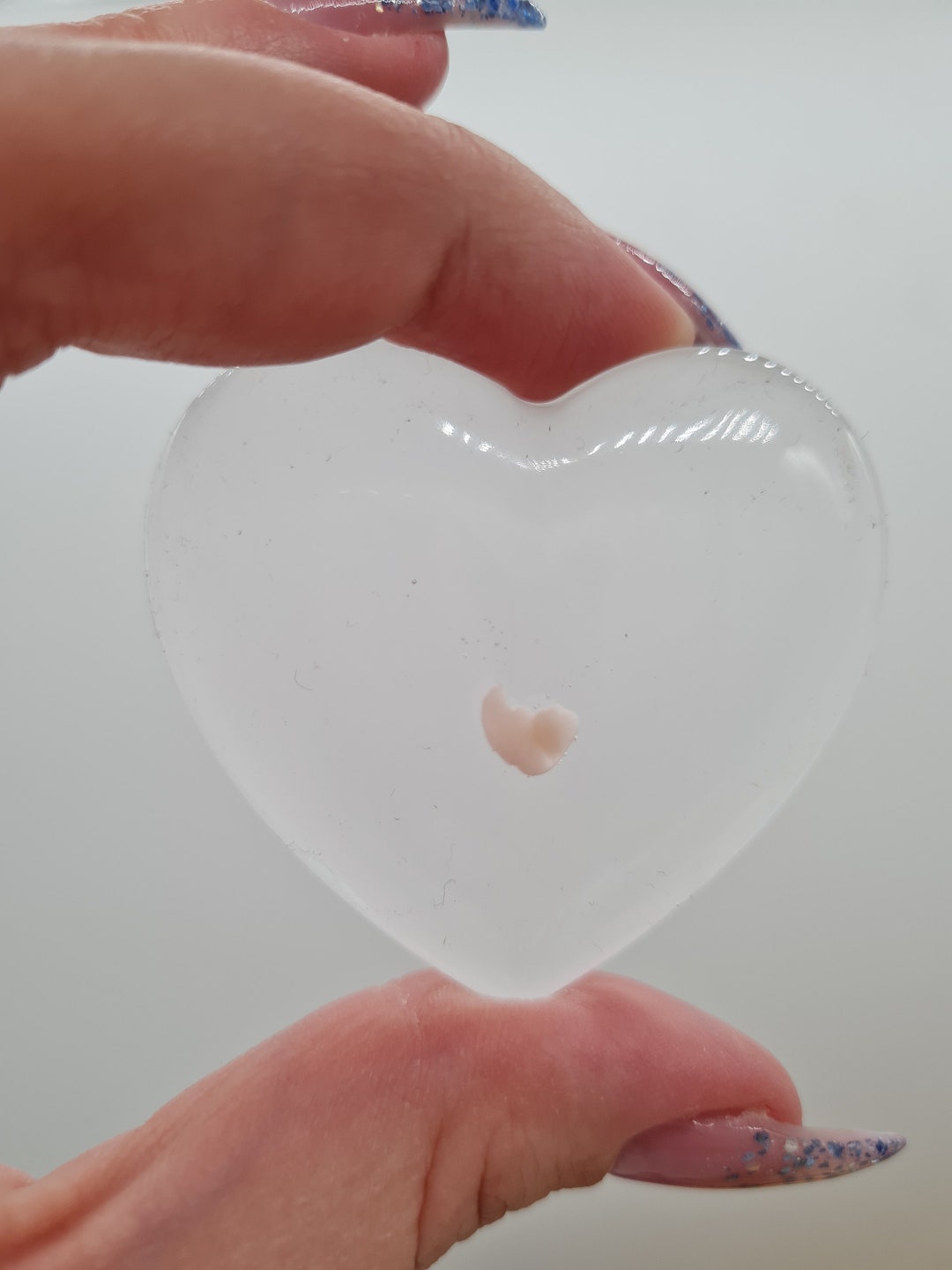Let’s be real here—we’re diving into a topic that’s both delicate and deeply personal. If you’ve found yourself searching for “6 week fetus miscarriage pictures,” chances are you or someone close to you is navigating through an incredibly challenging time. Whether it’s out of curiosity, education, or support, understanding what happens during early pregnancy loss is crucial. This guide aims to shed light on the subject with care, respect, and expert insights.
First things first, let’s talk about why this topic matters so much. Miscarriage is more common than most people realize, but it’s still surrounded by stigma and misinformation. By exploring images and understanding the physical realities of early pregnancy loss, we can foster empathy and awareness. And hey, if you’re here just to learn, that’s totally valid too—we all need knowledge to move forward.
Before we dive deeper, remember this: you’re not alone. There are millions of people who’ve walked this path before you, and countless resources available to help you through it. So take a deep breath, grab a cup of tea, and let’s break this down together. Trust me, you’ll feel better knowing you’re armed with the right info.
Read also:Is Andrew Cotter Married A Comprehensive Look Into His Personal Life
What Happens at 6 Weeks of Pregnancy?
At six weeks, your baby is still tiny—about the size of a sesame seed—but already starting to form the foundation for life. This is when the heart begins to beat, and the embryo starts developing its neural tube, which will eventually become the brain and spinal cord. It’s a critical stage of development, and unfortunately, it’s also a time when many miscarriages occur.
During this phase, the fetus isn’t fully formed yet, and any pictures you might come across will likely show a small sac with a yolk or the beginnings of an embryo. These images can be both fascinating and emotional, depending on your perspective. But one thing’s for sure—they remind us just how delicate and miraculous life is from the very beginning.
Why Do Miscarriages Happen at 6 Weeks?
Miscarriage at six weeks is often due to chromosomal abnormalities or issues with implantation. In many cases, it’s nature’s way of preventing a pregnancy from continuing if something isn’t quite right. While it can feel devastating, it’s important to know that most miscarriages aren’t caused by anything you did—or didn’t do.
Here’s a quick breakdown of some common causes:
- Chromosomal abnormalities (the most common reason)
- Hormonal imbalances
- Uterine structural issues
- Infections or chronic conditions
Remember, these factors are usually beyond anyone’s control. Blaming yourself or feeling guilty won’t change what happened, so try to focus on healing instead.
What Do 6 Week Fetus Miscarriage Pictures Look Like?
Now, let’s address the elephant in the room. If you’re looking for pictures of a 6-week fetus after a miscarriage, you might find images of a small gestational sac with minimal tissue. Some photos may show a tiny embryo or even a faint heartbeat, depending on how far along the pregnancy was. However, keep in mind that these images can vary widely based on individual circumstances.
Read also:Get Ready To Bounce The Ultimate Guide To Freefall Trampoline
Not all miscarriages look the same, and what you see in pictures might not match your own experience. That’s because every pregnancy—and every loss—is unique. Whether you choose to view these images or not is entirely up to you. Some people find them helpful for processing their emotions, while others prefer to focus on memories of joy rather than loss.
Where Can You Find Reliable Images?
When searching for 6-week fetus miscarriage pictures, it’s crucial to stick to reputable sources. Medical websites, forums for parents who’ve experienced loss, and trusted healthcare providers are great places to start. Avoid random Google searches, as they can lead to misleading or graphic content.
Some recommended resources include:
- Mayo Clinic
- March of Dimes
- The American Pregnancy Association
- Support groups like Share or Resolve
These organizations offer accurate information and compassionate support for those dealing with pregnancy loss.
Emotional Impact of Viewing Miscarriage Pictures
Deciding whether or not to look at miscarriage pictures is a deeply personal choice. For some, seeing visual proof of their baby’s existence can bring closure and comfort. For others, it might trigger intense emotions or even trauma. Whatever your decision, it’s okay to honor your feelings in your own way.
Here are a few things to consider before viewing:
- How prepared are you emotionally?
- Do you have someone to talk to afterward?
- Will this help you process your grief, or could it make it worse?
If you’re unsure, consider speaking with a counselor or therapist who specializes in reproductive health. They can guide you through the decision-making process and provide tools for coping with whatever comes next.
Tips for Managing Grief After a Miscarriage
Grieving a miscarriage is a journey, not a destination. There’s no timeline for healing, and everyone’s path looks different. Here are a few strategies that might help you navigate this tough time:
- Allow yourself to feel whatever emotions arise—sadness, anger, guilt, relief—it’s all valid.
- Lean on your support system—friends, family, or support groups can offer invaluable comfort.
- Engage in self-care activities that bring you peace, like journaling, meditation, or exercise.
- Consider creating a tribute to honor your baby, such as planting a tree or making a memory box.
Remember, healing doesn’t mean forgetting—it means finding a way to carry your experience with you as you move forward.
Medical Aspects of Early Pregnancy Loss
From a medical standpoint, a miscarriage at six weeks involves the body expelling the contents of the uterus. This can happen naturally through bleeding and cramping or may require medical intervention, such as medication or a procedure called dilation and curettage (D&C).
While it’s a physical process, it’s also an emotional one. Understanding what’s happening inside your body can help demystify the experience and empower you to ask the right questions of your healthcare provider.
Signs of a Miscarriage at 6 Weeks
Some common signs of early pregnancy loss include:
- Vaginal bleeding
- Severe cramping
- A decrease in pregnancy symptoms
- No fetal heartbeat detected during an ultrasound
If you notice any of these symptoms, contact your doctor right away. Early diagnosis and treatment can make a big difference in your recovery.
Preventing Future Miscarriages
While there’s no guaranteed way to prevent a miscarriage, there are steps you can take to promote a healthy pregnancy. These include:
- Eating a balanced diet rich in folic acid and other essential nutrients
- Avoiding smoking, alcohol, and drugs
- Managing stress and getting enough rest
- Staying physically active within safe limits
If you’ve experienced a miscarriage in the past, don’t hesitate to discuss your concerns with your healthcare provider. They can assess your individual risk factors and recommend personalized strategies for future pregnancies.
When to Seek Professional Help
While many people recover from a miscarriage on their own, others may benefit from professional support. If you’re struggling with persistent sadness, anxiety, or intrusive thoughts, it’s a good idea to reach out to a mental health expert. Therapy, counseling, and support groups can provide invaluable guidance during this time.
Community and Support Resources
One of the most powerful tools for healing is connecting with others who’ve been through similar experiences. Online forums, local support groups, and national organizations offer a safe space to share your story and find comfort in community.
Some popular resources include:
- Mother to Baby
- First Candle
- The Miscarriage Association
These groups provide a wealth of information, from medical advice to emotional support, helping you feel less isolated in your journey.
Conclusion: Moving Forward with Hope
As we wrap up this guide, I want to leave you with a few key takeaways. First, know that you’re not alone—miscarriage affects countless families worldwide, and there’s no shame in seeking help or support. Second, remember that healing takes time, and it’s okay to grieve in your own way. Finally, trust that you’re doing everything you can to honor your experience and prepare for the future.
So here’s my call to action: share this article with someone who might need it, join a support group, or simply take a moment to reflect on where you are in your journey. You’ve got this, and you’re stronger than you think.
Table of Contents
- Understanding 6 Week Fetus Miscarriage Pictures
- What Happens at 6 Weeks of Pregnancy?
- Why Do Miscarriages Happen at 6 Weeks?
- What Do 6 Week Fetus Miscarriage Pictures Look Like?
- Where Can You Find Reliable Images?
- Emotional Impact of Viewing Miscarriage Pictures
- Tips for Managing Grief After a Miscarriage
- Medical Aspects of Early Pregnancy Loss
- Preventing Future Miscarriages
- Community and Support Resources


